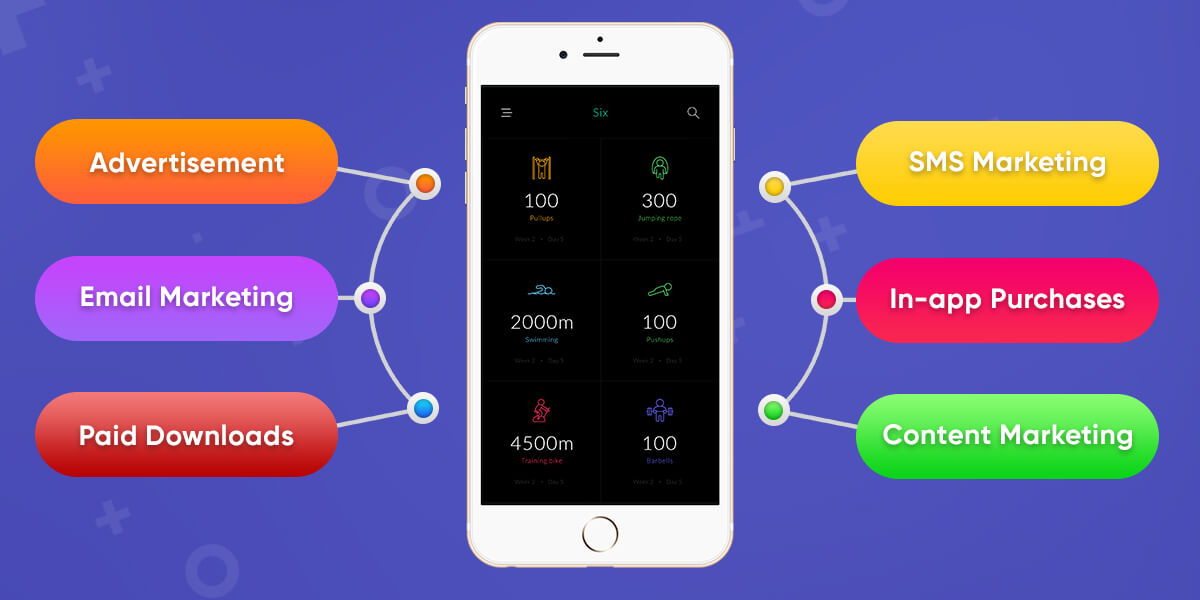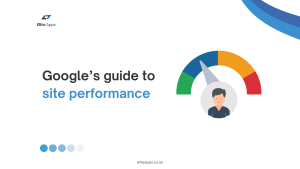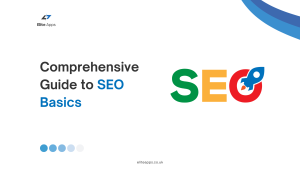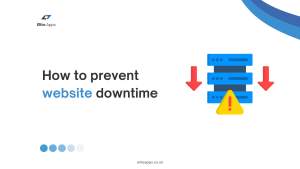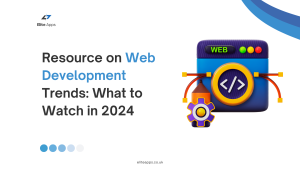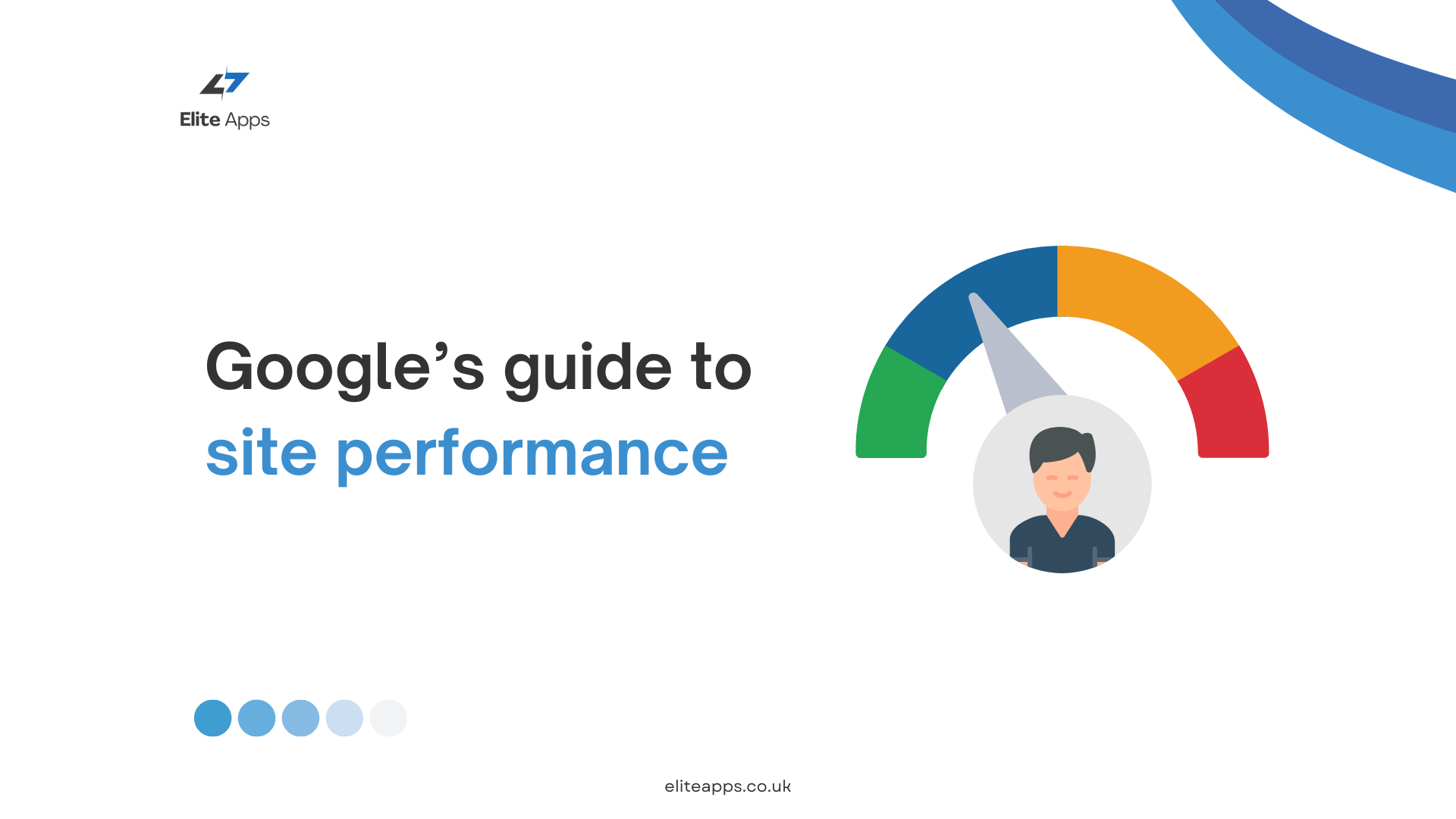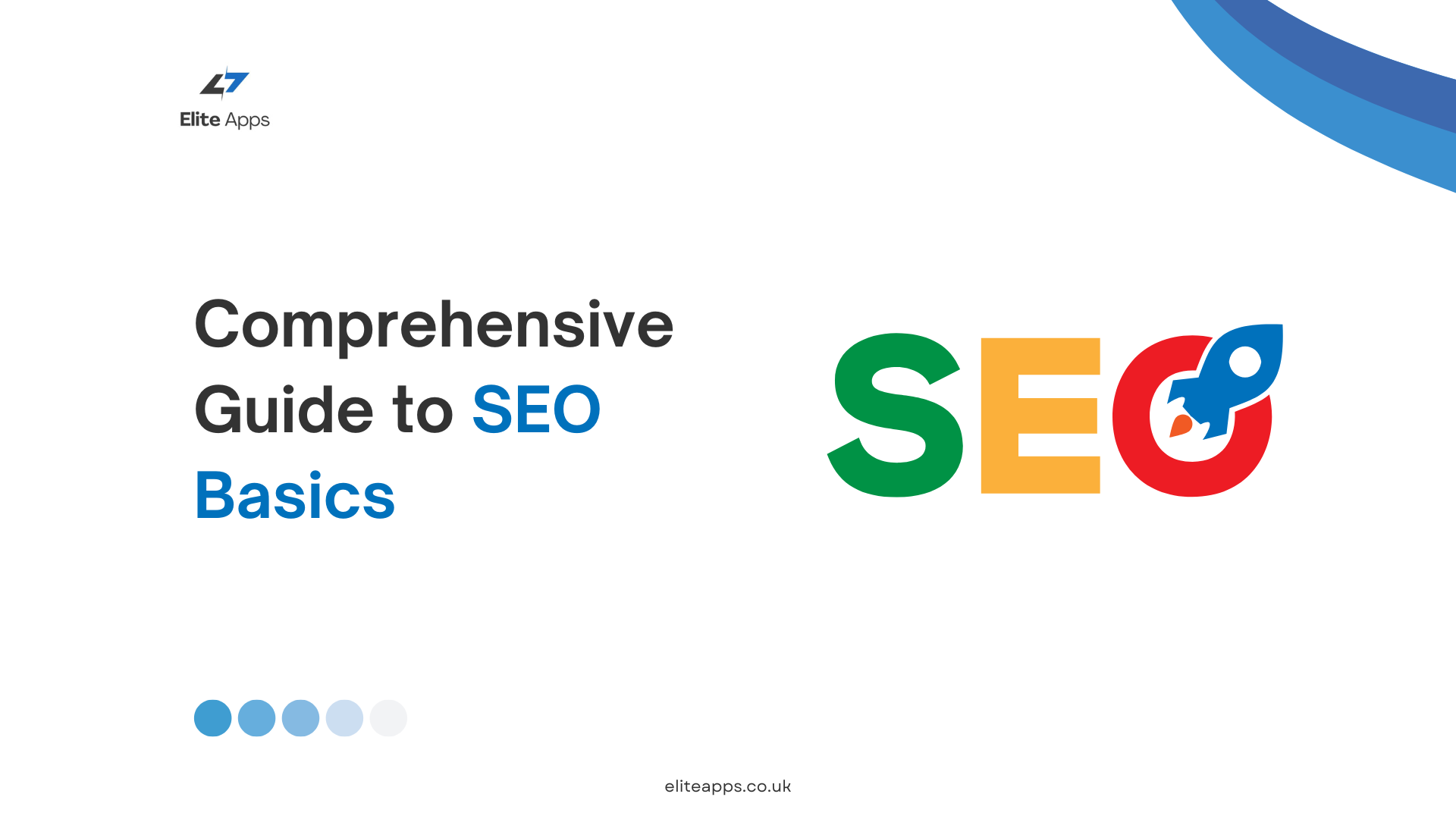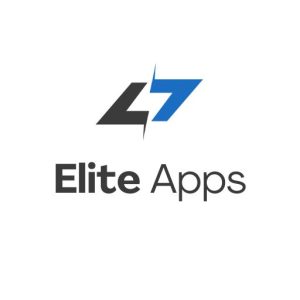Mobile App Monetization Strategies: A Complete Guide to Maximizing Revenue
In today’s competitive app market, monetizing your mobile app is crucial for success. Developers and businesses need to explore different strategies to turn apps into profitable ventures. Whether you’re developing a game, utility, or lifestyle app, finding the right way to generate revenue is essential.
In this guide, we’ll cover various mobile app monetization strategies. We’ll explore their advantages, challenges, and best practices, so you can make the best decisions for your app.
1. Freemium Model
The freemium model allows users to download your app for free. However, certain premium features are available only through in-app purchases.
Key Advantages:
- Attracts a large audience: Since the app is free, users are more likely to download it.
- Upselling opportunities: Users can be encouraged to upgrade for premium features or services.
- Steady revenue: In-app purchases can provide a continuous revenue stream.
Challenges:
- Balancing free and paid features: Offering too many free features might reduce conversions to paid plans.
- Converting users: Encouraging free users to upgrade can be difficult.
Best Practices:
- Offer premium features that genuinely enhance the user experience. Check out freemium apps that excel.
2. In-App Advertising
With in-app advertising, users can access your app for free, and you earn revenue through ad impressions or clicks.
Key Advantages:
- Instant revenue: Ads generate income as soon as they appear in your app.
- Fits free apps: Ads allow users to enjoy free content while generating income.
Challenges:
- User experience: Too many ads can annoy users and lead to uninstalls.
- Ad fatigue: Users might become desensitized to ads, reducing their effectiveness.
Best Practices:
- Use rewarded video ads to let users earn rewards for watching ads. This keeps engagement high.
3. Subscription Model
The subscription model charges users a recurring fee, often monthly or yearly, for access to premium content.
Key Advantages:
- Predictable revenue: Subscriptions provide a steady income stream that grows with more users.
- Long-term engagement: Users who subscribe are likely to stay loyal for longer periods.
Challenges:
- Convincing users to subscribe: It can be challenging to get users to commit to regular payments.
- Churn rate: If users don’t feel value, they may cancel their subscription.
Best Practices:
- Offer a free trial to let users test premium features before they subscribe.
4. In-App Purchases (IAP)
In-app purchases let users buy virtual goods or unlock additional features within your app. This method is popular with games and utility apps.
Key Advantages:
- Flexible pricing: You can offer microtransactions or larger purchases, allowing for different price points.
- High revenue potential: Users may make multiple purchases over time, increasing revenue.
Challenges:
- Pressure to buy: Over-reliance on in-app purchases may frustrate users if they feel pressured to spend money.
- Balancing gameplay: In gaming apps, too many IAPs might harm user experience.
Best Practices:
- Offer non-essential purchases, such as skins or customization options, to avoid frustrating users.
5. Paid App Model
With the paid app model, users pay a one-time fee to download and use your app. This works best for niche markets or premium apps.
Key Advantages:
- Immediate income: The app generates revenue with every download.
- Perception of quality: Paid apps are often seen as high-quality products.
Challenges:
- High user expectations: Users may expect a flawless experience because they’ve paid upfront.
- Competition from free apps: Many free alternatives exist, which may reduce the appeal of paid apps.
Best Practices:
- Combine the paid app model with free trials to give users a chance to explore the app before purchase.
6. Sponsorship and Partnerships
The sponsorship model involves collaborating with brands to feature sponsored content in your app. You can also offer in-app promotions or events.
Key Advantages:
- High revenue potential: Brands may pay significantly to reach your app’s audience.
- User engagement: Sponsored content can be valuable to users if it aligns with their interests.
Challenges:
- Finding the right sponsor: Partnering with brands that don’t align with your app can harm your user experience.
- Over-commercialization: Too much branded content may alienate users.
Best Practices:
- Ensure your sponsorships fit naturally with your app’s purpose and add value to users.
7. Crowdfunding
Crowdfunding involves raising money for app development through platforms like Kickstarter or Indiegogo. This strategy works well for apps with a niche audience or an innovative idea.
Key Advantages:
- Initial funding: Crowdfunding can provide the necessary funds to develop and launch your app.
- Engaged user base: Backers are often passionate and will likely support your app post-launch.
Challenges:
- Time-consuming: Running a successful crowdfunding campaign requires significant effort and marketing.
- No guarantees: Even well-executed campaigns may fail to hit funding goals.
Best Practices:
- Offer exclusive rewards or early access to encourage contributions from your backers.
Conclusion
Monetizing your mobile app requires careful planning and a deep understanding of your audience. Whether you opt for freemium, in-app ads, or subscriptions, the right strategy will enhance user experience and drive revenue.
By exploring different mobile app monetization strategies, you can create an app that not only attracts users but also generates sustainable income. Don’t be afraid to experiment with multiple methods to find what works best for your app.
Let us know in the comments: which monetization strategy are you considering for your app?

